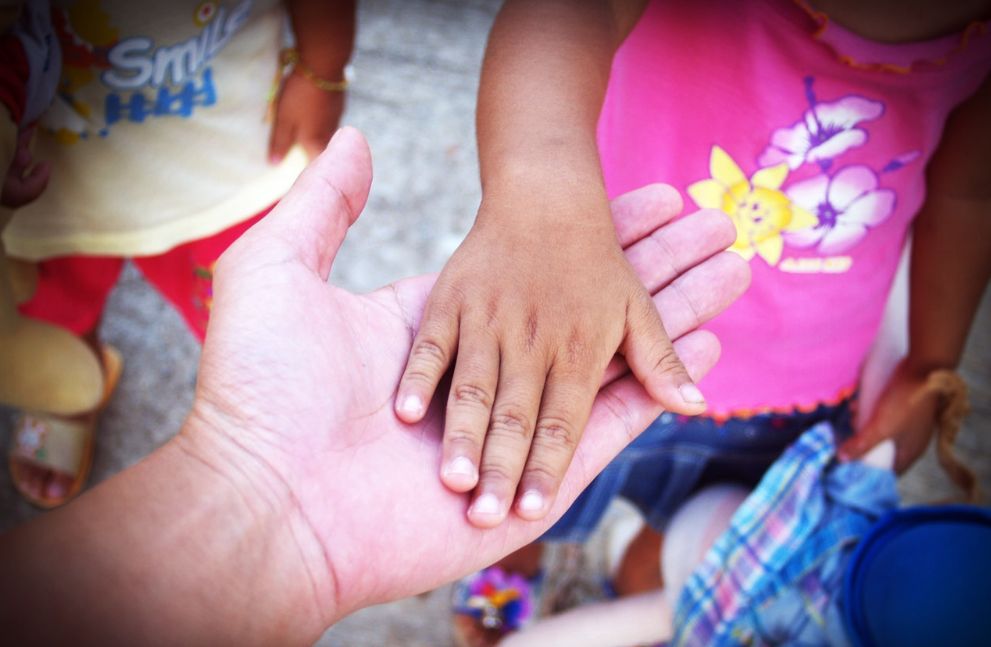Secondary emotions, also known as complex emotions or higher-order emotions, are a more advanced set of feelings that arise from the combination of primary emotions and cognitive processes in children.
Unlike primary emotions, which are basic and instinctive (e.g., happiness, sadness, fear, anger), secondary emotions involve a level of self-awareness and cognitive evaluation.
Secondary emotions are often more socially and culturally influenced and may vary from person to person based on their experiences and upbringing. They arise from factors, such as beliefs, thoughts, memories, and interpretations of situations.
Examples of secondary emotions:
- Empathy: The ability to understand and share the feelings of others. It involves recognizing and connecting with the emotions experienced by someone else.
- Guilt: A feeling of remorse or regret for doing something wrong or causing harm to others. Guilt can lead to a desire to make amends or correct one’s behavior.
- Shame: A deep sense of embarrassment or humiliation that arises from a perceived flaw, mistake, or violation of social norms. Shame can be self-focused and lead to feelings of worthlessness.
- Pride: Feeling a sense of satisfaction and self-worth for achieving something significant or displaying positive qualities. Pride can be related to personal accomplishments or the accomplishments of others close to us.
- Envy: Feeling discontent or resentment towards others’ possessions, qualities, or achievements, wishing to have what they have.
- Jealousy: A combination of insecurity, fear, and possessiveness that arises when one perceives a threat to a valued relationship or possession.
- Compassion: A deep concern for the suffering of others, often coupled with a desire to alleviate their pain.
- Gratitude: Feeling thankful and appreciative of the positive experiences or kindness received from others.
- Contempt: A feeling of superiority or disdain towards someone or something perceived as inferior or unworthy.
Secondary emotions play a significant role in our social interactions, moral development, and decision-making processes. They enable us to navigate complex social situations, understand others’ perspectives, and form meaningful relationships.
As children develop emotionally and cognitively, they gradually begin to experience and express secondary emotions, adding complexity and depth to their emotional lives.
The Relationship & Differences Between Secondary and Primary Emotions

The relationship between primary emotions and secondary emotions is complex and interconnected. Primary emotions are considered the basic and fundamental emotional experiences that all humans share, and they are believed to be innate and universal across cultures.
These primary emotions include feelings like joy, fear, sadness, anger, surprise, and disgust. They are typically characterized by their simplicity and directness, as they arise in response to specific stimuli or situations.
Secondary emotions are often a blend or combination of primary emotions, and they are more nuanced and context-dependent. Secondary emotions can emerge through various cognitive processes, such as appraisals, evaluations, and social learning.
For instance, let’s consider the secondary emotion of jealousy. Jealousy is not a primary emotion on its own, but it can stem from a combination of primary emotions like fear of loss, anger, and sadness. If someone perceives a potential threat to their valued relationship, these primary emotions may interact and give rise to the complex emotion of jealousy.
The difference between secondary emotions and primary emotions lies in their origin, complexity, and underlying characteristics:
(a) Primary Emotions:
- Origin: Primary emotions are considered to be innate and universal. They are instinctual and automatic responses to various stimuli or situations, and they are present from birth. These emotions are biologically wired and are shared by all human beings across different cultures.
- Examples: Primary emotions include basic and fundamental feelings such as happiness, sadness, fear, anger, surprise, and disgust. For instance, feeling joy when seeing a loved one, experiencing sadness after a loss, or feeling fear when facing a threatening situation are all examples of primary emotions.
- Simplicity: Primary emotions are relatively simple in nature and arise in response to specific triggers or stimuli. They are immediate and do not involve complex cognitive processing.
- Expression: The expression of primary emotions is often easily recognizable and consistent across individuals and cultures. For example, a smile typically indicates happiness, while crying is associated with sadness.
(b) Secondary Emotions:
- Origin: Secondary emotions, also known as complex emotions, emerge from the combination or blending of primary emotions. They are not directly wired into our biology like primary emotions but arise through cognitive processes and individual experiences.
- Examples: Secondary emotions encompass more nuanced and complex feelings that result from combining primary emotions. Examples include guilt, shame, jealousy, pride, and empathy. For instance, feeling guilty might involve a blend of sadness, regret, and fear.
- Complexity: Secondary emotions are more sophisticated and involve cognitive processing, self-awareness, and introspection. They require individuals to reflect on their emotional experiences and consider the context in which the emotions arise.
- Expression: The expression of secondary emotions can be more subtle and nuanced compared to primary emotions. Since they are influenced by individual experiences and cultural factors, their expression may vary significantly between individuals and cultural contexts.
The interdependence between primary and secondary emotions is essential for understanding the richness of human emotional experiences. While primary emotions provide the raw material and initial reactions, secondary emotions allow us to navigate the intricacies of social interactions, personal relationships, and self-awareness.
It is important to note that the study of emotions is a continually evolving field, and researchers and psychologists may have different perspectives on the exact nature of the relationship between primary and secondary emotions. Nonetheless, it is clear that both types of emotions play crucial roles in shaping our emotional experiences and behavior.
How to Nurture Secondary Emotions in Children

These emotions include empathy, guilt, shame, pride, jealousy, and more. Here are some strategies to help foster the development of secondary emotions in children:
1. Model Emotional Expression:
Children learn by observing their caregivers. Be a positive role model by expressing your own emotions in a healthy and constructive manner. Share your feelings with them and explain how you cope with different emotions.
2. Emotion Identification:
Help children recognize and name different emotions they experience. Use age-appropriate language and encourage them to express what they are feeling.
3. Empathetic Listening:
Listen actively to your child’s emotions and validate their feelings. Show empathy and understanding when they express joy, sadness, anger, or any other emotion.
4. Teach Perspective-Taking:
Help children understand other people’s perspectives and emotions. Encourage them to put themselves in others’ shoes to develop empathy.
5. Discuss Emotions in Stories:
Read books or watch movies together that explore emotions and their consequences. Discuss the characters’ feelings and actions, and ask your child how they would react in similar situations.
6. Problem-Solving Skills:
Teach children problem-solving skills to deal with difficult emotions. Encourage them to find constructive ways to cope with challenges rather than suppressing their feelings.
7. Create a Safe Environment:
Foster an environment where children feel safe expressing their emotions without fear of judgment or punishment.
8. Encourage Emotional Expression:
Encourage your child to express themselves through art, music, writing, or any other form of creative expression.
9. Positive Reinforcement:
Acknowledge and praise your child when they demonstrate emotional awareness and express their feelings constructively.
10. Managing Negative Emotions:
Teach children healthy ways to manage negative emotions, such as taking deep breaths, counting to ten, or using calming techniques like mindfulness exercises.
11. Recognize Progress:
Celebrate your child’s emotional growth and progress in understanding and managing their feelings.
12. Resolve Conflicts Constructively:
When conflicts arise, guide children to resolve them peacefully and with empathy towards others.
Remember that every child is unique, and emotional development varies from one individual to another. Be patient, and provide a supportive and nurturing environment to help your child develop a healthy range of secondary emotions.












